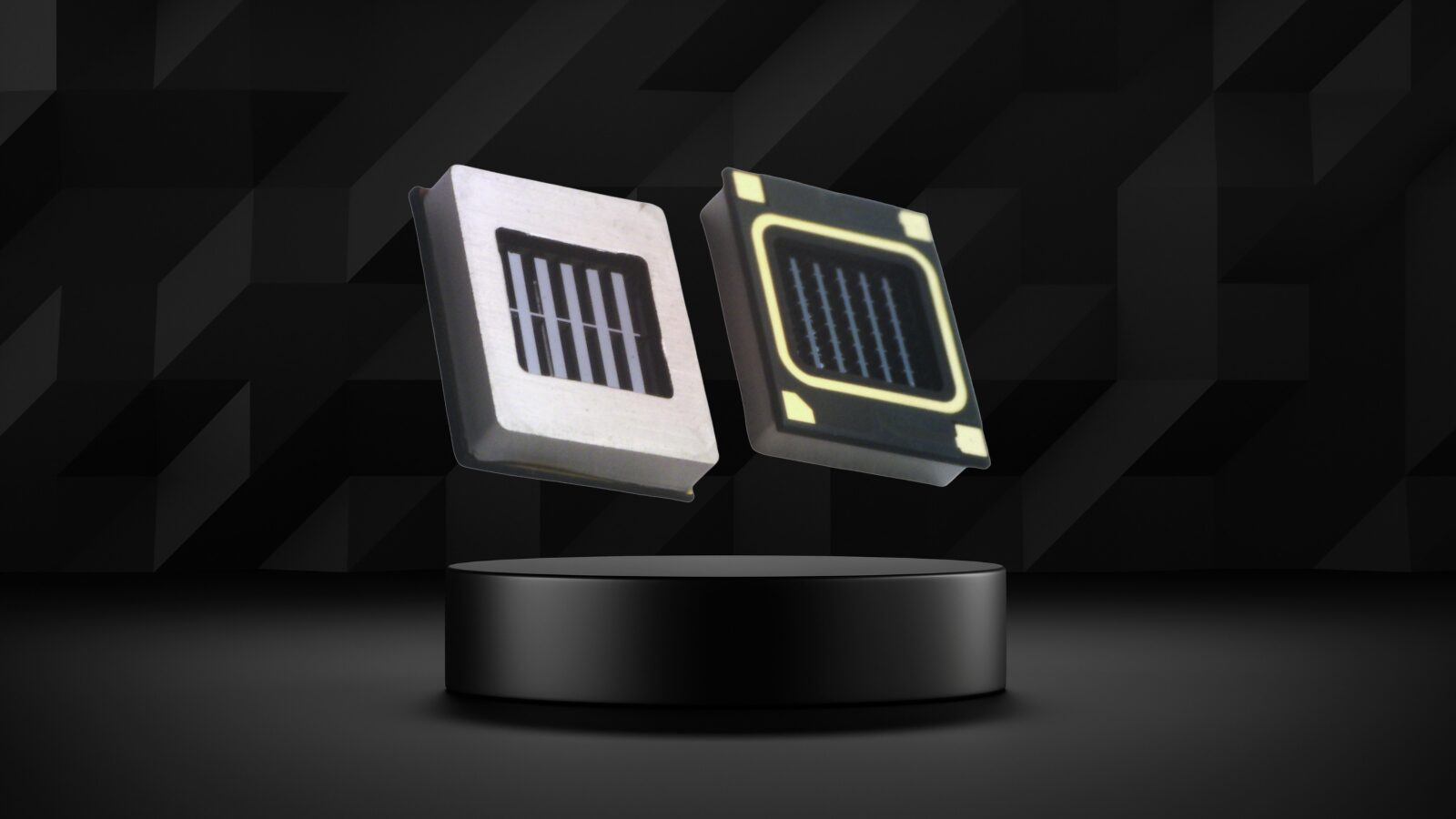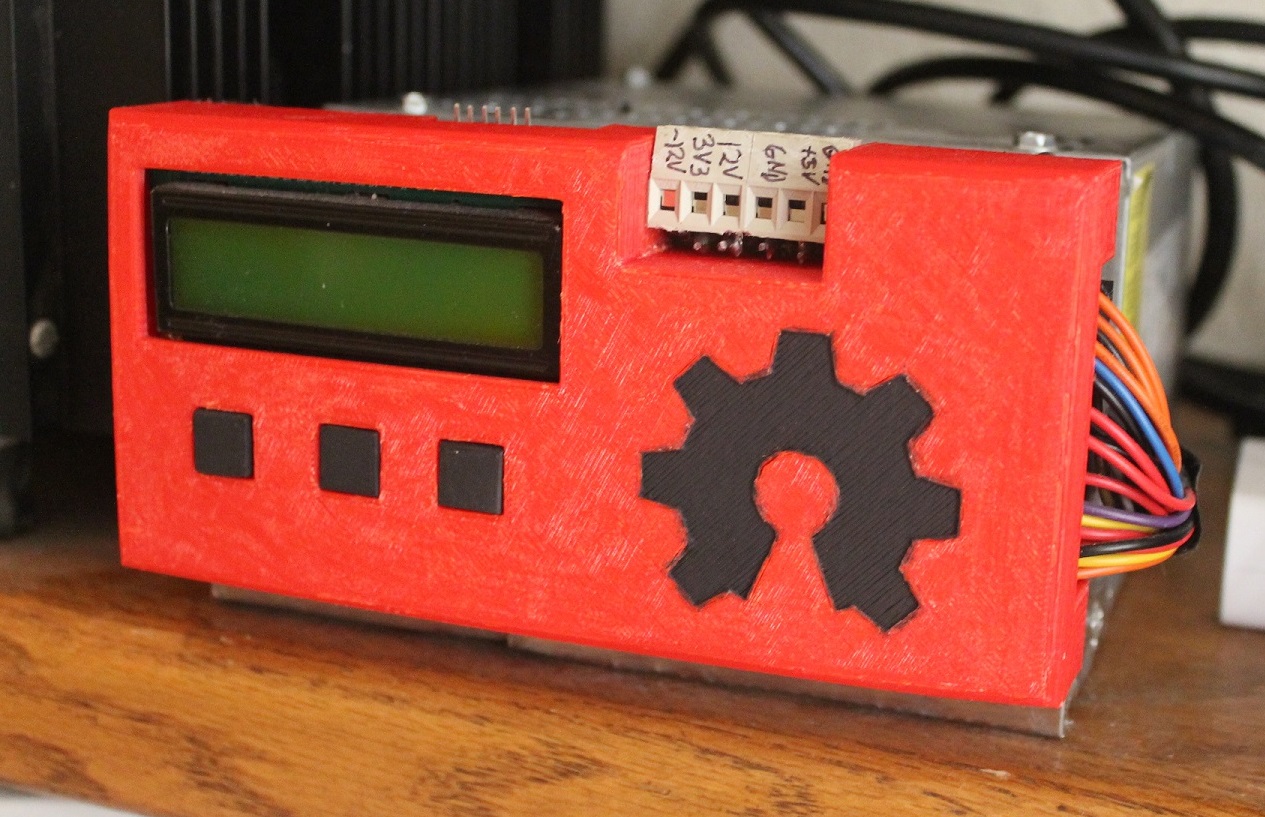
How Sound from Ultrasound Will Transform TWS Earbud Performance and Design
A groundbreaking ultrasonic MEMS speaker redefines sound production in speakers, reducing size and enhancing audio performance.
By Robb Zimmerman, Principal Systems Engineer at xMEMS Labs
Nearly a century after the dynamic driver speaker was invented, now is a good time to reconsider the widely used coil-based transducer that is used in nearly all TWS earbuds today to produce sound.
As the technology has moved forward due to advancements in physics, simulation, and materials, the core aspects of transduction haven’t changed in a century, well before the creation of the first earbuds.
In a dynamic driver speaker, the diaphragm moves at audible frequencies, generating sound by way of directly pushing air. While innovations like electrostatic, planar magnetic, and solid-state MEMS transducers have advanced the industry, they all rely on the same “push-air” principle, which brings with it certain design and performance constraints.
Several startups, including xMEMS, have utilized the premium properties of silicon and piezoelectric materials, resulting in unmatched bandwidth, performance, and musical detail in microspeakers.
The real revolution is yet to come with what’s next for MEMS transducers.
Sound from Ultrasound
Soon, MEMS micro speakers will be found in TWS earbuds to generate audible sound through ultrasonic waves, instead of directly displacing air, at a frequency that would typically be undetectable by the human ear.
Research surrounding sound from ultrasound has been ongoing since the 1960s, but only now has the acoustic performance required for commercial appeal been reached.
The core innovation of sound from ultrasound lies in the ultrasonic amplitude modulation transduction principle, transforming analog audio signals into ultrasonic air pulses perceived by our ears as rich, bass-heavy, and detailed high-fidelity sound. A companion controller/amplifier ASIC is necessary to modulate the audio into ultrasonic carrier signals, driving the MEMS speaker to produce acoustic air pulses.
The varying pressure levels in the ear created by these air pulses are perceived as sound in the audible frequency range because of the high acoustic impedance of the ear.
Enhanced Sound in Flexible Packaging
When incorporated into a TWS earbud, this companion design offers a significant advantage. Achieving a 140dB SPL output at 20Hz, the design results in the ideal sound pressure level for delivering high-performance Active Noise Cancellation (ANC) in vented or leaky TWS designs.
A vented design is often found in TWS earbuds as it helps prevent occlusion, or a blocked ear canal, which amplifies internal sounds such as walking, running, chewing, or talking, due to resonance.
A drawback of vented designs is a reduction in SPL at low frequencies, which can be up to 20dB. Since an SPL of 120dB at 20Hz is optimal for ANC performance, achieving this requires an SPL of 140dB in non-vented designs to compensate for the 20dB loss.
Offering significantly better sound quality than dynamic drivers, today’s MEMS transducers can only reach 120dB SPL at 20Hz on their own. In order to effectively cancel low-frequency noise, they would need to be paired with a dynamic driver to effectively cancel out low-frequency noise. However, ultrasonic MEMS speakers do not face these restrictions.
Furthermore, ultrasonic speakers offer a flat phase response with nearly zero delay across the entire frequency range alongside exceptionally low latency. These features, coupled with high SPL output, allow the speakers to accurately reproduce high-resolution audio, spatial audio, and more modern sound formats.
In order to reach successful ANC performance, the dynamic driver must have a relatively soft speaker diaphragm to reach 140dB SPL at 20Hz. However, this soft surface alone will not effectively block ambient noise.
Ultrasonic MEMS speakers produce ultrasonic airflow pulses that are not influenced by external noise at ambient frequencies. Being made of highly rigid silicon with a resonance frequency more than five times higher than the highest audible frequency, ultrasonic MEMS speakers serve as a form of Passive Noise Isolation, reducing noise ingress and enhancing ANC.
Ultrasonic speakers also feature exceptionally low acoustic THD (below 1% from 20Hz to 20kHz, and below 3% out to 40kHz). This low THD, low latency, and flat phase response deliver more accurate and clearer sound in TWS earbuds, allowing each instrument and voice to stand out while sounding more natural and distinct.
When discussing design compared to dynamic drivers, the ultrasonic speaker/controller combination is smaller in diameter and notably thinner. This improved sizing means brands don’t have to sacrifice form factor in order to deliver improved audio performance.
Ultrasonic speakers also eliminate the need for acoustic back volume, simplifying mechanical design and decreasing acoustic tuning time. The resulting TWS earbuds are smaller and can easily boast new features that otherwise would be too large to integrate.
The Real Deal?
You may be wondering if these improvements are too good to be true or questioning if there’s any proof behind these claims. Yes, they’re real and called xMEMS Cypress.
Powered by a companion IC, called Alta, Cypress operates closer to AM radio frequency than audible sound and works in tandem with Alta to convert analog voltage into acoustic air pulses. While Cypress demodulates in the acoustic domain, generating high frequency air pulses, Alta converts the incoming baseband signal into a Dual Sideband Suppressed Carrier (DSB-SC) AM signal.
Cypress was demoed at CES 2024 and is currently sampling to tier-1 customers. Alta prototype silicon is currently available and, this Fall, it will be sampled to customers. Cypress and Alta will be offered together in a System-in-Package (SiP), serving as a straightforward drop-in replacement for standard dynamic drivers in TWS earbuds. The solution is expected to enter mass production in the first half of 2025.
Ultrasonic speakers outperform dynamic drivers in SPL, THD, phase response, and frequency response, while also offering greater design flexibility. They deliver exceptional audio performance for both audiophile listening and advanced ANC applications by generating sound through ultrasonic airflow pulses, all while being more compact than dynamic drivers.
This sound from ultrasound revolution will spearhead the next overhaul in personal audio and TWS earbuds.



















